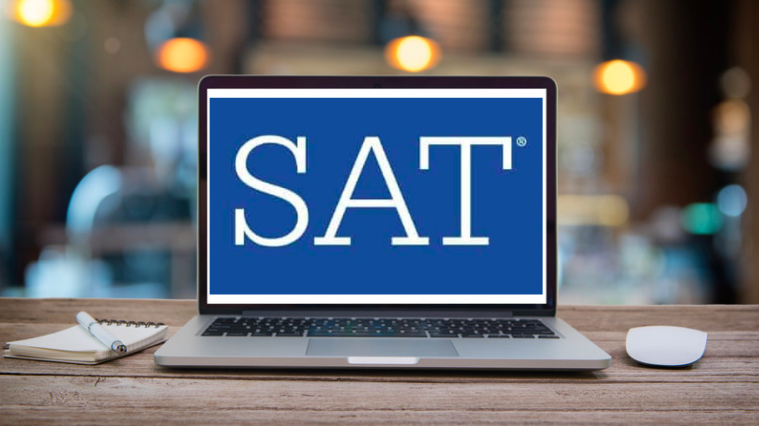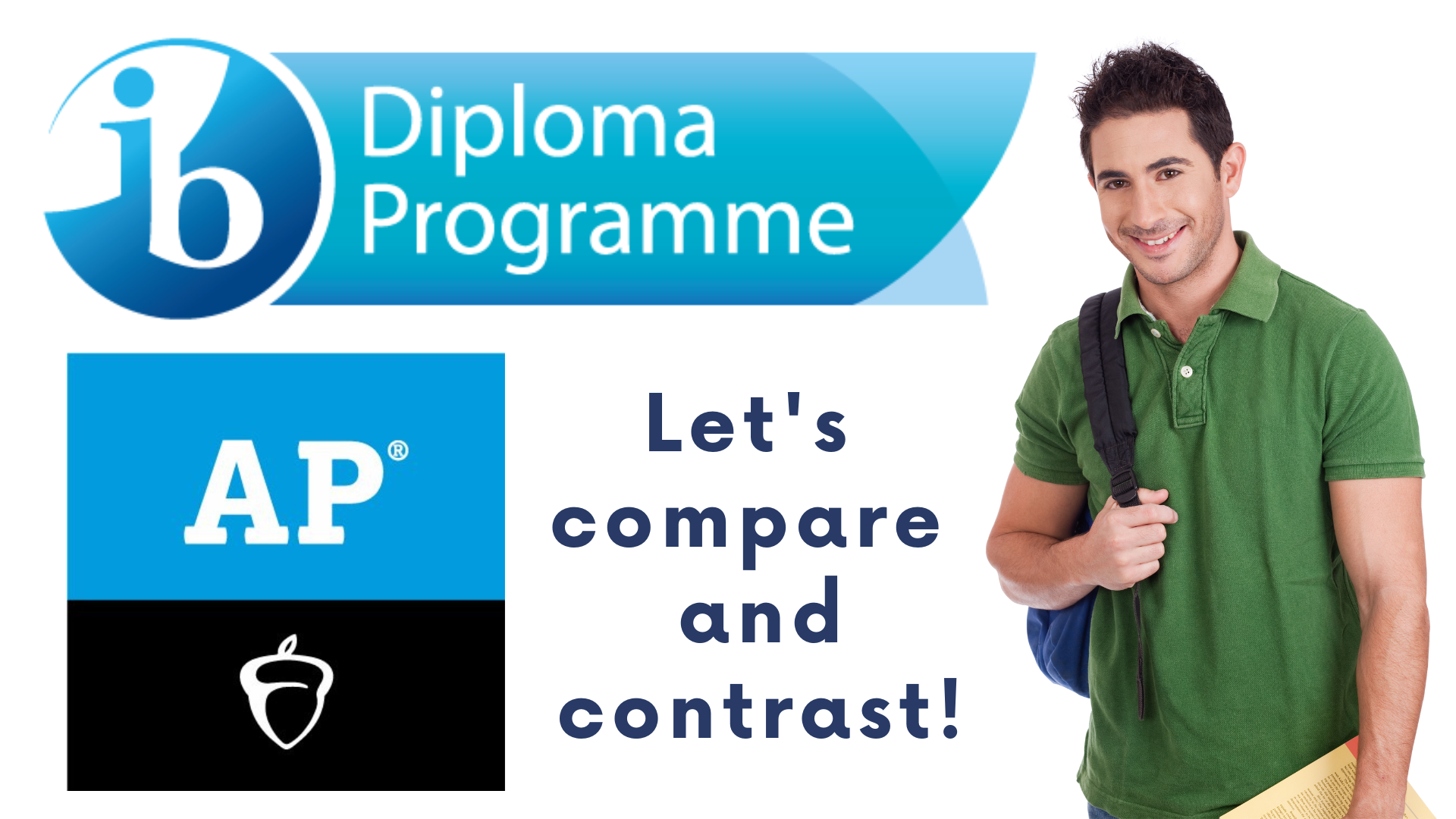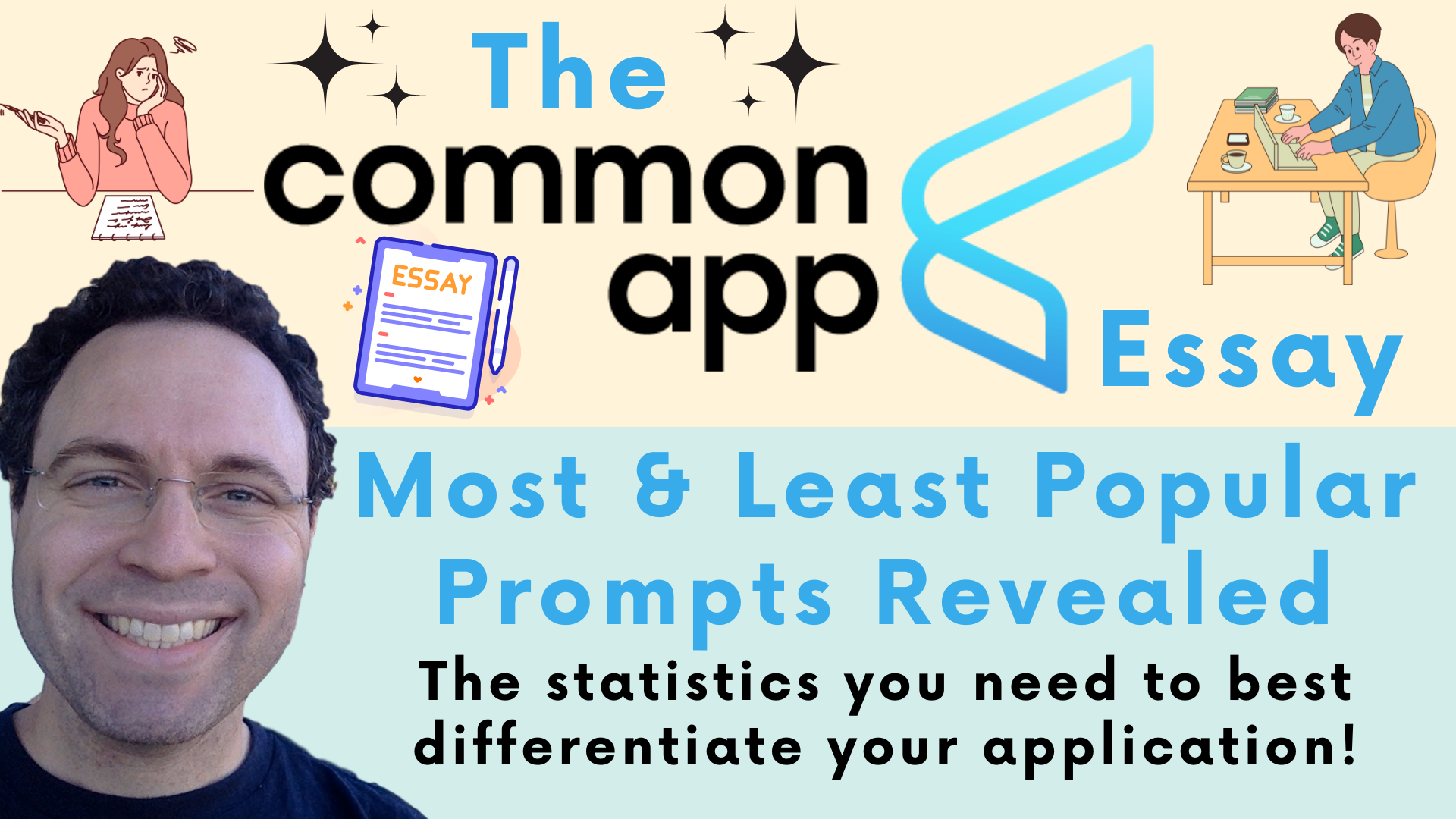
This article by Susan Kehl was originally published at ScoreAtTheTop.com on May 31, 2023.
You’ve likely heard that College Board is shifting the SAT to a digital format, and the transition has already begun. But questions abound: When the digital SAT will be fully available? How have the first international tests fared? What will the change mean to future test-takers?
College Board touts the changes as ‘”student and educator friendly,” emphasizing that the digital SAT is “easier to take, easier to give, and more relevant.” When College Board initially test-piloted the digital SAT, 80% of students surveyed said they found it less stressful than the paper version, and 100% of educators reported that the digital SAT was a positive experience.
The SAT will be fully digital in the U.S. by 2024, while the PSAT will be administered digitally beginning in fall 2023. The SAT is already being administered digitally to international students.
Judi Robinovitz, a Certified Educational Planner specializing in educational counseling, says initial feedback has been encouraging.
“Transitioning from a paper-and-pencil test to a fully digital version has been a monumental undertaking for College Board, but several pilot sessions helped them work out the kinks and refine the process,” she said. ”A majority of test-pilot students – as well as international students who recently took the actual digital SAT – have said the test went smoothly.”
Changes and New Features
The digital SAT will still be scored on a 1600 scale, and will still be given in schools or official test centers with proctors supervising the process. It still tests students on the knowledge and proficiencies that measure college readiness and success. A few aspects of the test, however, will be changing – for the better.
While transitioning to a digital format, College Board considered input from educators and students to help streamline the test and make it more relevant. Among the changes and new features are these:
- The digital test is shorter – lasting about two hours, compared to three for the traditional SAT.
- Students will have more time per question.
- Reading passages are shorter, with only one question per passage.
- The digital SAT has two sections: Reading and writing, and math. There’s a 10-minute break between sections.
- The digital SAT is multistage adaptive, which means the test adapts to provide each student questions appropriate to his or her test performance level.
- Students will receive their scores in days rather than in weeks.
- Calculators are permitted for the entire math section. Students can bring their own or use the Desmos graphing calculator that’s built into the digital testing application.
- The digital SAT will be readily available, regardless of a student’s access to technology. Students can take the test using their own test-compatible laptops or tablets, or use a school-issued device. If necessary, College Board can provide a device on test day.
- Students should arrive with their devices fully charged, but devices can be plugged in and charged if necessary. If computers must be restarted, students can pick up where they left off – all work will be saved, and students won’t lose test time.
- The Bluebook testing app times each student individually, so students may start the test, take their breaks, and complete the test at slightly different times. The break isn’t mandatory – students can keep working if they prefer.
- Students needing accommodations will find many accommodations built into the Bluebook app, such as a text magnifier to enlarge the font size.
In addition to the in-app Desmos calculator, the digital SAT offers several useful tools including:
- Answer Eliminator: Similar to crossing out options with a pencil and paper, students can eliminate answers on-screen with the answer-eliminate feature.
- ‘Mark for Review’ Flag: Allows students to ‘flag’ challenging questions, move on with the test, and easily revisit flagged questions later. Students can instantly see how many they’ve marked for review instead of having to flip through pages as with the paper version.
- Timer: Students don’t have to watch the clock – an in-app timer shows a countdown of the time remaining to keep them on pace. Students can minimize or even hide the timer if it’s distracting.
- Reference Sheet and Annotation Features: Students can use the reference sheet tool to access a list of common formulas for the math section, and can highlight any part of a question and leave notes throughout the test with the annotation tool.
How did the first Official International Digital SAT Go?
During a recent 2023 National Test Prep Association Summit, host Sonia Muthalia of Informed Decisions and Megan Stubbendeck of ArborBridge summarized feedback they received from students who took the first official international digital SAT, administered in March 2023. The general consensus is that the tests went smoothly, were efficiently administered, and students had a positive experience.
Here’s a summary of some of the general observations and opinions reported, as well as a few practical pointers and ‘takeaways’ for future test takers:
- Smooth Sailing: Most students agreed that the test went smoothly and said they didn’t feel added stress or anxiety due to the digital format – even when minor issues arose. Overall, students reported feeling less stressed and more relaxed because the test was shorter than the paper version and they had more time per question. Take Away: The new format didn’t seem to add to student test anxiety during the initial digital SATs.
- Small Glitches Weren’t Disruptive: Although a few of the surveyed students experienced minor connectivity issues or other slight glitches, they said issues were immediately resolved and did not affect their ability to take the test. Students who lost connectivity were able to quickly continue without losing time. Most importantly, when one student had an issue, it did not disrupt other students taking the test. Take Away: Don’t worry about tech issues – they will be resolved and won’t impact your test.
- Hi-Tech Proctoring: Proctors have been extensively trained to assist students with the digital format, which the surveyed students said helped ease anxiety. Much of the proctoring process is also digital, so proctors can see the progress of each student including when they start when they take breaks, and when they complete the test. Take Away: Expert assistance is available – the proctors are ready, willing, and able to help.
- The Mac is Back: In previous test pilot sessions, Mac computers weren’t compatible with the digital SAT. The issue has been resolved, and students are now able to use Mac computers. Take Away: If you have a Mac device, you can use it for the digital SAT – but it’s still a good idea to review College Board’s list of approved testing devices before test day to confirm that your device is compatible.
- Familiar and Comfortable: Many students said they were pleased to find that the new digital SAT app felt similar to the online practice tests they’d taken through Kahn Academy and the Bluebook testing app, so it was an easy transition – most said they felt well prepared. Take Away: If you haven’t already, download Bluebook now and begin your digital SAT practice and preparation.
- When it came to difficulty level, opinions were mixed. Some students reported that the digital SAT was comparable to the Bluebook test, while others thought the digital test was more difficult. But all students agreed that they had a positive testing experience. Take Away: Make sure you’re fully prepared for this transition to a digital format. Thorough preparation is key so that you’re ready and know what to expect.
- Pace Yourself: Some students were surprised to discover that – due to the adaptive nature of the test – the questions in the second module were considerably more difficult than the first module, and it threw some students off on their pacing. Take Away: When taking the digital test, be prepared for the increased level of difficulty in the second module, and pace yourself accordingly (expect to spend more time answering questions in the second module than the first).
- Practice Makes Perfect: Although the digital SAT has a built-in Desmos graphing calculator, many students said they used their own calculators instead because they felt more comfortable with their ‘trusted and reliable’ devices. Fatima, a student who provided feedback about her experience taking the digital SAT at a Bangladesh test center, used the built-in Desmos calculator and believes it saved her time and was crucial to her success during the exam. Take Away: Because using the in-app calculator can be a faster, more efficient way to find the solution, it’s a good idea to become familiar with the in-app tools – like Desmos – ahead of time so that using them is comfortable and second nature on test day. Most experts agree that it’s beneficial to use both Desmos and your own calculator during the test (depending on the problem/equation).
- Some students, like Fatima, said they wished there had been additional Bluebook practice exams available to help prepare for and become comfortable with the digital SAT (currently there are only four practice exams in the Bluebook app). Take Away: Use the Bluebook practice exams wisely. Instead of taking all four consecutively, spread them out by using and learning from additional test prep methods like Kahn Academy, 1600.io (Fatima recommends the Math Orange Book!), and full-length practice tests. However, because there isn’t as much practice material available as with the paper-and-pencil format, it can be a challenge for students to properly prepare on their own. Working with a test-prep tutor or Independent Educational Consultant can help students learn useful test-taking strategies, and shortcuts, how to use the in-app tools, and how to efficiently navigate the digital SAT.
Rabinowitz says that although some may have initially been resistant to the idea of a digital SAT, the transition has been smooth and successful so far – and the digital version is here to stay. She believes that because the digital SAT is an entirely new platform, effective test prep is more important now than ever.
“Be sure to familiarize yourself with the functionality of the Bluebook testing app – learn how to navigate it and make use of its time-saving in-app tools,” she said. “Take full-length practice tests to acquaint yourself with the types of questions you’ll encounter on test day, and most of all – don’t let the new format intimidate you. Just remember to relax, be confident, and do your best.”
Need help to prepare for the digital SAT? Score At The Top offers the most effective standardized test preparation available. Our test-prep programs were designed by our founder, Judi Robinovitz, who not only scored a perfect SAT score on the traditional SAT – but she also worked with Educational Testing Service (the world’s largest educational testing organization) for 23 years. Join us for free test simulations, private 1:1 tutoring sessions, small group PSAT and SAT workshops, and more.
This article by Susan Kehl was originally published at ScoreAtTheTop.com on May 31, 2023.




 Success in the college admissions process often comes down to one word: differentiation. Therefore, it makes a lot of sense to think long and hard about what Common App essay prompt you respond to in order to share the story you want to share in a manner that frames your experience in the most memorable and unique manner possible. In the video below you’ll learn which Common App essay prompts are most popular and least popular right down to the exact percentage of applicants responding to each prompt, which will help you determine the prompt you want to respond to when completing your Common Application essay.
Success in the college admissions process often comes down to one word: differentiation. Therefore, it makes a lot of sense to think long and hard about what Common App essay prompt you respond to in order to share the story you want to share in a manner that frames your experience in the most memorable and unique manner possible. In the video below you’ll learn which Common App essay prompts are most popular and least popular right down to the exact percentage of applicants responding to each prompt, which will help you determine the prompt you want to respond to when completing your Common Application essay. So many high school seniors are still in real contention for an Ivy League acceptance in the first few weeks of twelfth grade. Then, something happens that takes most of these smart and well-intentioned young people out of the running entirely.
So many high school seniors are still in real contention for an Ivy League acceptance in the first few weeks of twelfth grade. Then, something happens that takes most of these smart and well-intentioned young people out of the running entirely.
 One decision you make in eleventh grade, your third year in high school, will directly influence your chances of getting into an Ivy League or similarly selective college or university when you are a high school senior.
One decision you make in eleventh grade, your third year in high school, will directly influence your chances of getting into an Ivy League or similarly selective college or university when you are a high school senior.
 One decision you make in tenth grade, your second year in high school, will directly influence your chances of getting into an Ivy League or similarly selective college or university when you are a high school senior.
One decision you make in tenth grade, your second year in high school, will directly influence your chances of getting into an Ivy League or similarly selective college or university when you are a high school senior. One major decision that you make in ninth grade, your first year in high school, will directly influence your chances of getting into an Ivy League or similarly selective college or university when you are a high school senior.
One major decision that you make in ninth grade, your first year in high school, will directly influence your chances of getting into an Ivy League or similarly selective college or university when you are a high school senior.